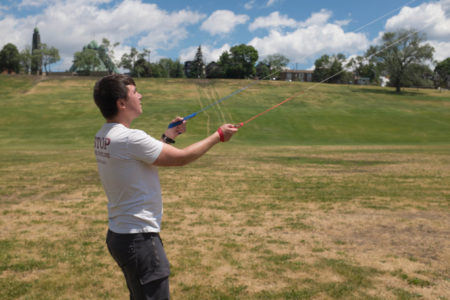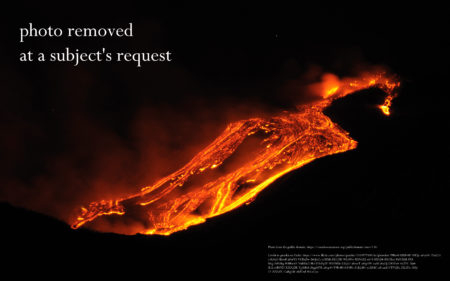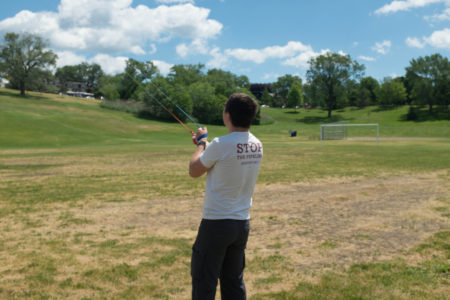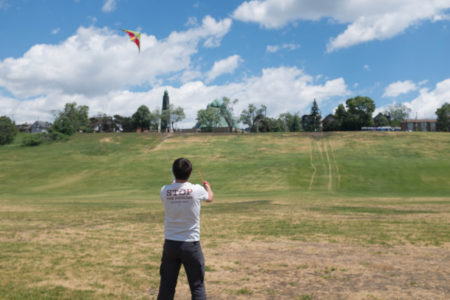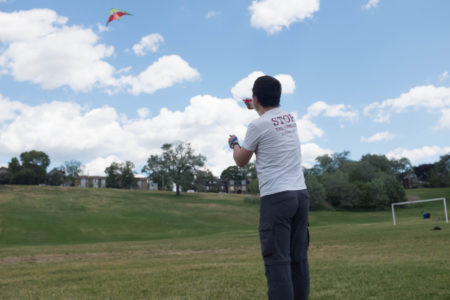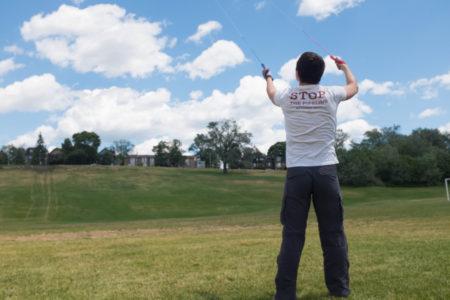When making decisions about technology, both false positive and false negative errors are possible. By that, I mean it’s possible for us to miss or ignore how a technology has unacceptable consequences for people and the rest of nature. DDT or the drug thalidomide were such false negatives: wrongly considered to be acceptable for use until shown to be otherwise. A false positive, by contrast, would be a case where unjustified fears have limited the use of a technology unnecessarily. Silly examples include the idea that women couldn’t ride trains over 50 miles per hour and many other such misapprehensions about the consequences of technology. People who tend to support new technologies emphasize the times when critics have been wrong, and the benefits technology has brought, while those who favour caution tend to emphasize cases where serious consequences have only emerged after time, as with substances that deplete the ozone layer and those that change the climate.
All this can be tough to reconcile with the notion of the precautionary principle. Expressed weakly, the principle can be seen as simply an appeal to caution: even if there is no evidence about whether a technology is safe or dangerous, we should err on the side of treating new technologies with skepticism. In the strongest expression, the principle may call for any new technology to be restricted to research only until ‘proved’ safe.
Along with opposition to nuclear power – which may also be a false positive where the benefits of a technology are under-stated while risks are over-stated – groups like Greenpeace have strongly resisted the use of genetically modified organisms (GMOs) in agriculture, claiming that they will harm human health, harm natural ecosystems, or have other potentially unknown risks.
Recently, 107 Nobel laureates (about 1/3 of all those alive) signed a public letter criticizing Greenpeace for its stance. The Nobel winners say:
There has never been a single confirmed case of a negative health outcome for humans or animals from their consumption. Their environmental impacts have been shown repeatedly to be less damaging to the environment, and a boon to global biodiversity.
And:
WE CALL UPON GOVERNMENTS OF THE WORLD to reject Greenpeace’s campaign against Golden Rice specifically, and crops and foods improved through biotechnology in general; and to do everything in their power to oppose Greenpeace’s actions and accelerate the access of farmers to all the tools of modern biology, especially seeds improved through biotechnology. Opposition based on emotion and dogma contradicted by data must be stopped.
They strongly emphasize the potential of genetically modified crops including “golden rice” to combat vitamin A deficiency, which they say causes “a total of one to two million preventable deaths occur annually”.
This is a highly visible development in a long-running debate in which it seems clear that the tangible benefits associated with GMOs seem to outweigh risks which have not been convincingly demonstrated. That said, I would personally feel more comfortable if genetic modification of organisms for agriculture was undertaken by public institutions which are subject to appropriate scrutiny rather than profit-maximizing corporations.
In my experience, Greenpeace tends to be stronger on spectacle than on research, and environmental groups in general have a worrisome tendency to maintain opposition to certain technologies as dogma, specifically nuclear energy and genetic modification. Whenever I find that a Greenpeace website or report is the source of a scientific claim, I search to find a credible source that agrees. They seem especially vulnerable to the general human tendency (ask Tony Blair) to apply less scrutiny to information that supports pre-existing positions and thus use weak or questionable evidence to support strongly-held beliefs.
People may be bad at remembering it (or simply unwilling to tell the truth about it to themselves), but humanity has placed itself precariously. We are running vast uncontrolled simultaneous global experiments: destroying habitat, changing the climate, depleting the seas of life, and changing the chemistry of everything. Only the most optimistic or naive think all these problems will resolve favourably for human beings without active intervention. At the same time, we are left contemplating how to use tools which we don’t fully understand (from genetic modification to geoengineering) to further intervene in physical and biological systems which we also don’t understand. When you factor in questions of distributive justice (Do GMOs currently favour developed over developing countries? If so, is such bias inevitable, or a consequence of the specific modifications we have made?), the appropriate approach to managing risk becomes even more obscure.

